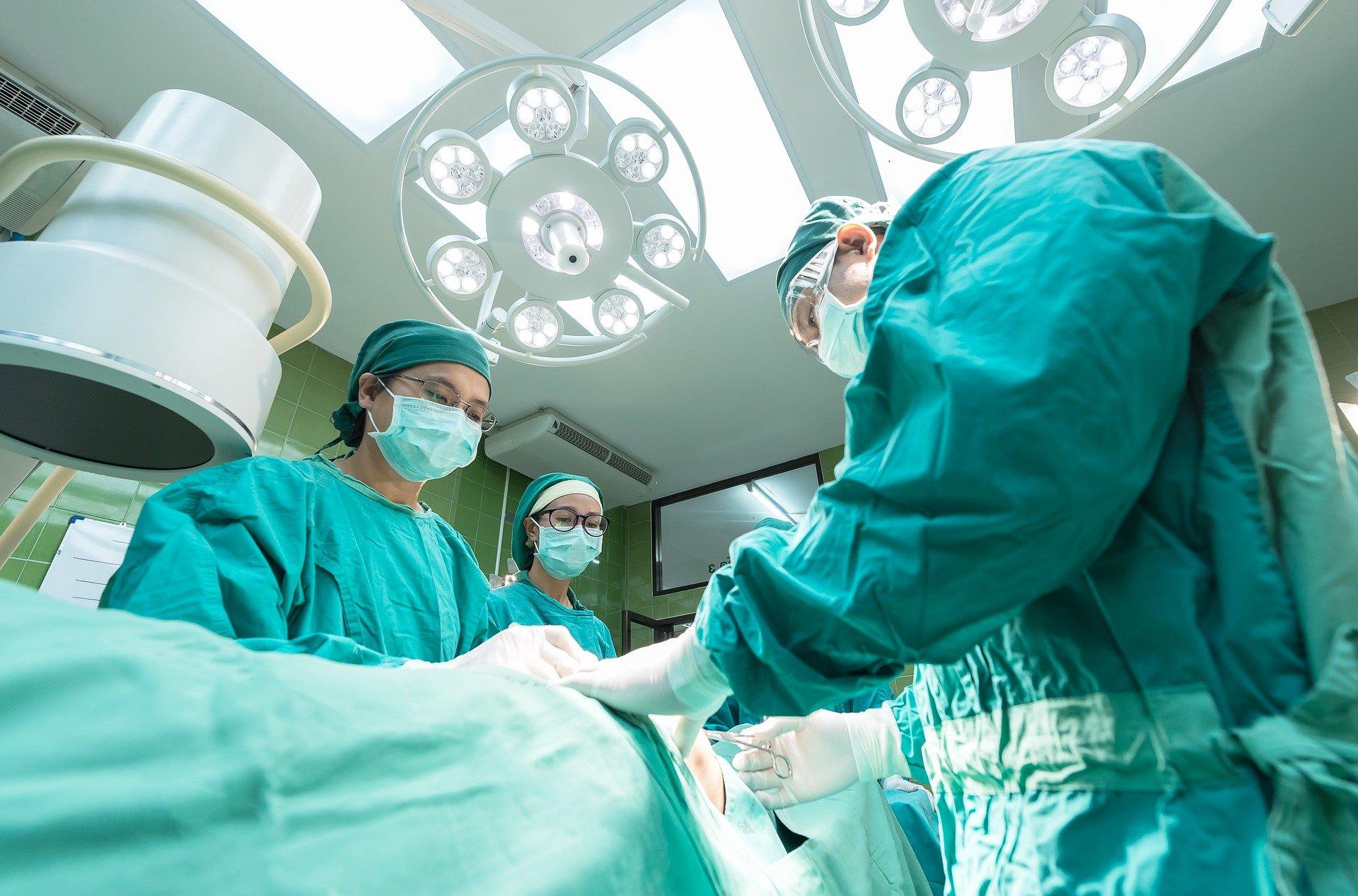
Hernia surgery isn’t complicated, and in fact, millions of people have gone through this type of surgery with good results. But if you have an inguinal hernia and are becoming concerned that you need surgery, it’s understandable to have some questions about the procedure and what is involved. The good news is that with most inguinal hernia repair surgeries, you can return home on the day of the surgery itself. But, unfortunately, your recovery period may also take from a month to a month and a half, depending on the kind of surgery you have. But what else do you need to know about inguinal hernia repair and how fast you can recover? Here’s your definitive guide to quick recovery from inguinal hernia surgery.
What you can expect following the procedure
You should already prepare yourself for your recovery period, as it can take time, and you will need to be patient, especially since some standard tasks or activities may be awkward or difficult to perform. Have someone stay with you for several days following your surgery, as recommended by groin hernia repair London specialists like those from The London Surgical Group.
If you feel a bit confused or tired for a couple of days afterwards, this is not something to worry about. It could simply be an effect of the pain medication or anaesthesia. But you should stay away from drinking or driving or making significant decisions during this period. It is essential for you to avoid any exertion right after your surgery, and your surgeon will advise you when you can already carry or lift things. You should also ask your surgeon for advice regarding the best time for you to go back to work.
Your daily guide to recovering from hernia surgery
Recovery can differ from patient to patient, but hernia surgery London specialists have come up with a standard guide for your daily recovery, as you can see below:
- Day 1 to day 4: during this time, you should rest as much as possible at home and not go back to work. You should also stay away from strenuous activity and do some necessary functions like walking around your house.
- Day 4 to day 7: at this point, you may already be at 50% of your usual capacity, and many patients often go back to work by the 4th day after their surgery. But you should still avoid heavy lifting (particularly for objects beyond 7 kilos). You can still feel a bit of pain, although it will become less and less. Your surgeon may recommend performing some light exercises and walking to get your blood flowing.
- Second week: during the second week, you may be at 75% of your usual capacity, and you can safely return to work during this period. You should still limit your lifting of objects that are less than 10 kilos, although you can already go jogging or biking or playing tennis. You may still feel a bit stiff or sore, but this is expected.
- Third week: you can already do some more exercises such as cycling, running, or swimming, and you should already be off your pain medication.
- Fourth week: during the fourth week after your surgery, you can resume your regular sports activities, be it heavy lifting or contact sports. Again, you may feel occasional pain or discomfort, but this quickly subsides as well.